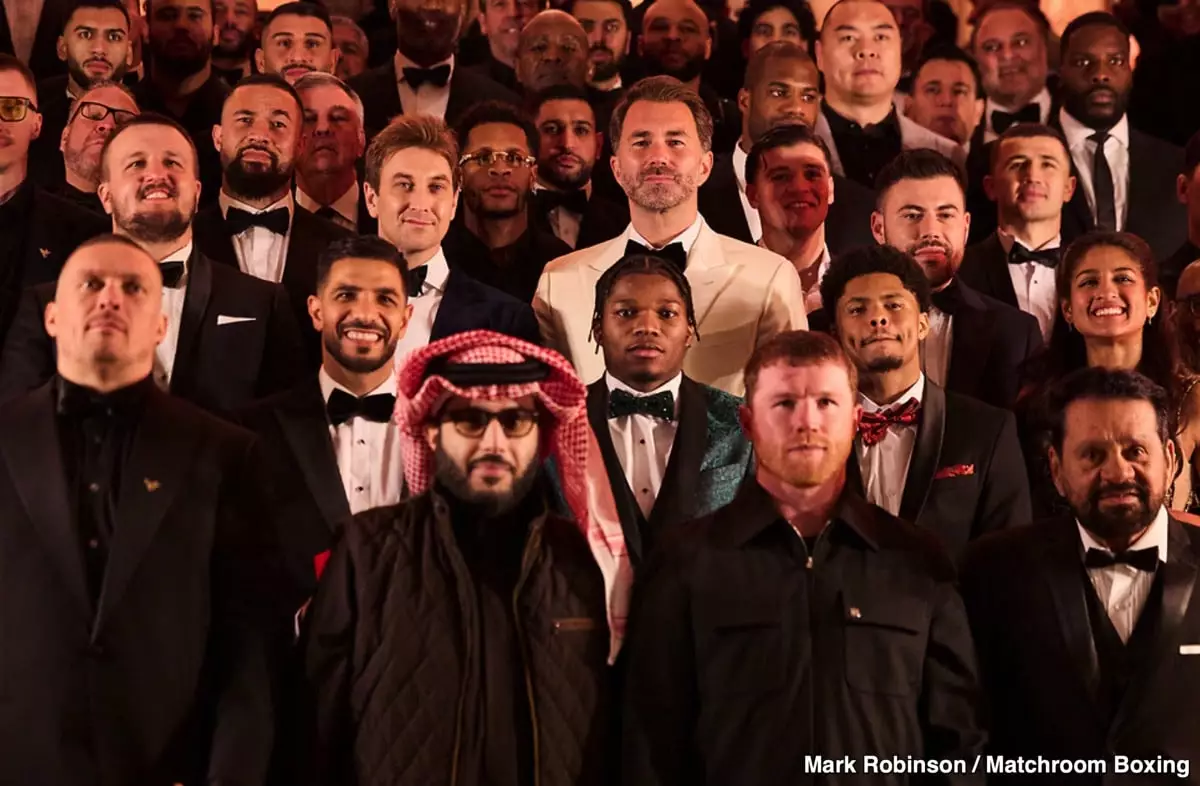The anticipated bout between two of boxing’s top competitors—Canelo Alvarez and Terence Crawford—has officially been declared “off,” leaving fans and analysts alike scratching their heads. Lack of clarity surrounding the cancellation of this fight is a stark reminder that in the world of boxing, negotiations and expectations can shift unexpectedly. Despite various speculations, no official reason has been disclosed for the demise of this potential matchup. Given that the fight was never formally organized, the announcement provides a sense of inevitability rather than shock.
In the realm of professional boxing, financial incentives often outweigh the narrative of sporting merit. Canelo Alvarez, boasting an impressive record of 62-2-2 and 39 knockouts, seems to be leaning toward a more lucrative opportunity: a clash with YouTube sensation Jake Paul, scheduled for Cinco de Mayo. With Paul’s established following of 28.8 million on Instagram and over 20 million subscribers on YouTube, this fight has the potential to attract substantial pay-per-view (PPV) sales.
From a financial standpoint, it’s a strategic move for Canelo to engage with Paul. Why face backlash over a questionable match against Crawford when a more profitable outcome awaits in the form of a bout that offers extensive fanfare? Criticism surrounding the Canelo-Crawford fight had already begun to brew due to perceptions of it being a mere “cash grab,” especially as Crawford would have had to navigate a considerable weight transition from 154 to 168 pounds.
While Canelo may benefit financially from a confrontation with the polarizing Paul, the boxing community has expressed reservations. Many critics feel that the bout lacks the competitive integrity that fans expect from high-profile fights. Canelo’s previous victory over Jermell Charlo, a smaller fighter, has further compounded these sentiments, leading to accusations of cherry-picking opponents. Winning against a popular figure like Paul could bring financial rewards, but it risks tarnishing Canelo’s reputation in the eyes of traditional boxing purists.
Moreover, Crawford’s missed potential against other fighters in the super-middleweight division, such as Diego Pacheco, David Morrell, and David Benavidez, raises questions. Had Crawford moved up and defeated notable contenders before challenging Canelo, the narrative surrounding a potential fight may have been more favorable. Instead, Canelo now seems to lean toward David Benavidez, a matchup that could provide a sturdier proof of prowess without the baggage associated with Crawford’s size transition.
The downturn of the Canelo-Crawford fight exemplifies how financial interests and audience appeal increasingly dictate decision-making in boxing. While some may lament the loss of a high-profile contest between these two talents, it also opens the door for more compelling matchups that align with fan expectations and sporting credibility. Whether boxing fans will embrace Canelo’s foray into the world of influencer boxing remains to be seen, but it is clear that the dynamics of the sport are changing, potentially at the cost of its traditional integrity. In the end, the landscape of boxing continues to evolve, leaving both fighters and their followers to navigate an uncertain future.

